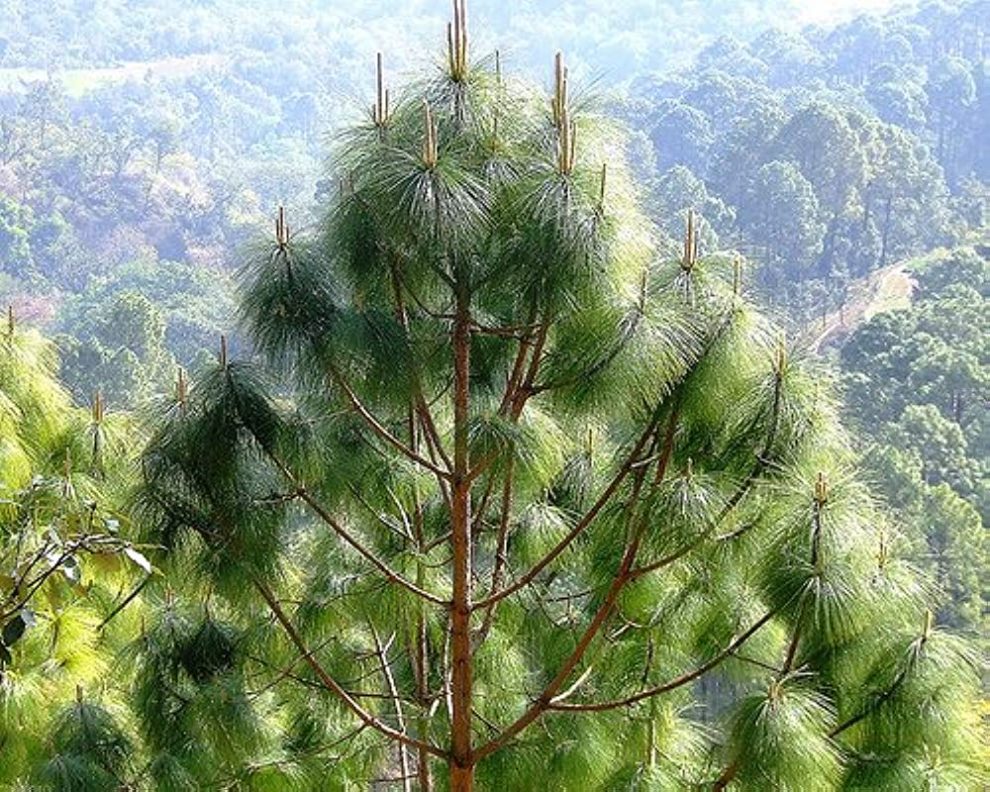The pine tree, with its distinct shape and evergreen foliage, is a symbol of strength and resilience in the natural world. These majestic trees have played a vital role in human history, providing timber, shelter, and inspiration for countless generations. In this blog, we will explore the fascinating characteristics and significance of pine trees, from their unique adaptations to their ecological importance and cultural significance.
- Ancient Origins: Pine trees belong to the genus Pinus and are part of the Pinaceae family. They have been around for millions of years, with fossil records dating back over 140 million years.
- Global Distribution: Pine trees are found across the globe, inhabiting diverse ecosystems from temperate regions to mountainous areas and even tropical climates. They are particularly abundant in North America, Europe, and Asia.
- Evergreen Adaptation: One of the defining features of pine trees is their evergreen nature. They retain their green needles year-round, allowing them to photosynthesize and produce energy even during the winter months.
- Long Lifespan: Pine trees are known for their long lifespan. Some species can live for several hundred years, with the oldest recorded pine tree, a bristlecone pine named “Methuselah,” estimated to be over 4,800 years old.
- Unique Needle Structure: Pine trees have needle-like leaves instead of the typical flat or broad leaves found in many other tree species. These needles help reduce water loss and withstand harsh environmental conditions.
- Pine Cones: Pine trees produce distinctive cones as their reproductive structures. Male cones release pollen, which is carried by the wind to fertilize the female cones, leading to the production of seeds.
- Fire Adaptation: Some pine tree species have evolved to survive and even benefit from wildfires. Their thick bark protects them from intense heat, and their serotinous cones require the heat of a fire to open and release their seeds.
- Timber and Resin: Pine trees have been valued for their timber, which is used in construction, furniture making, and various other applications. They also produce resin, which has been traditionally used for varnishes, adhesives, and medicinal purposes.
- Environmental Importance: Pine forests play a crucial role in the environment. They contribute to oxygen production, help stabilize soil with their deep root systems, and provide habitats for numerous plant and animal species.
- Medicinal Uses: Pine trees have been used in traditional medicine for centuries. Pine needle tea is known for its high vitamin C content and is believed to have various health benefits, including boosting the immune system.
- Symbolic Significance: Pine trees have symbolic meaning in many cultures. They represent longevity, wisdom, and resilience. In some traditions, they are associated with fertility, protection, and purification.
- Christmas Trees: Pine trees, particularly the species known as the Scots pine or the Norway spruce, have become synonymous with Christmas celebrations. They are decorated with lights and ornaments as a central part of holiday traditions in many countries.
- Essential Oil Production: Pine trees are a source of pine essential oil, which is derived from the needles and twigs. Pine essential oil has a refreshing aroma and is used in aromatherapy, cleaning products, and personal care items.
- Pine Tree Symbolism in Art: Pine trees have been a popular subject in art and literature. They have been depicted in paintings, poetry, and other creative works as symbols of endurance, strength, and natural beauty.
- Pine Tree Conservation: Due to deforestation and habitat loss, some pine tree species are facing conservation challenges. Efforts are underway to protect and restore pine forests, ensuring the preservation of these magnificent trees for future generations.
Conclusion
The pine tree stands tall and strong, embodying the resilience and beauty of nature. From their unique needle structure and evergreen adaptation to their cultural significance and environmental importance, pine trees hold a special place in our hearts and ecosystems. Whether they are providing timber, symbolizing longevity, or adding a touch of magic to our holiday celebrations, these remarkable evergreens continue to inspire awe and appreciation for the wonders of the natural world.




















Add Comment